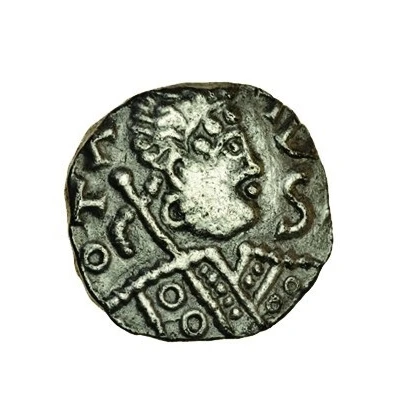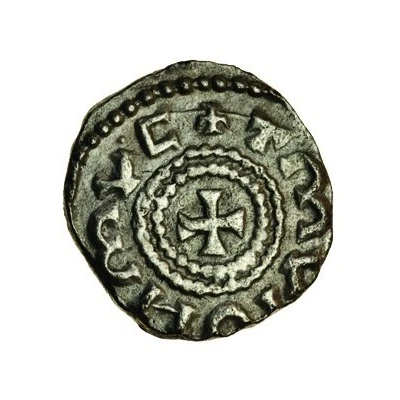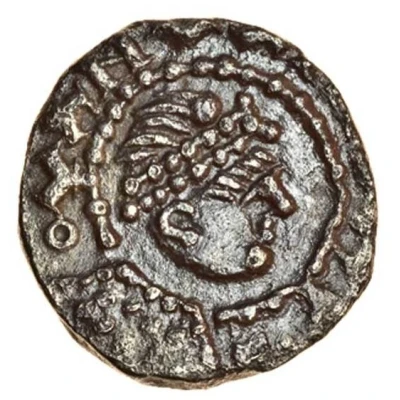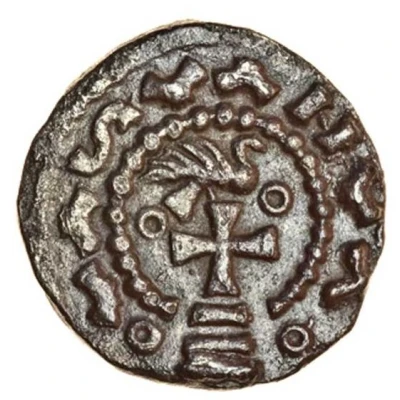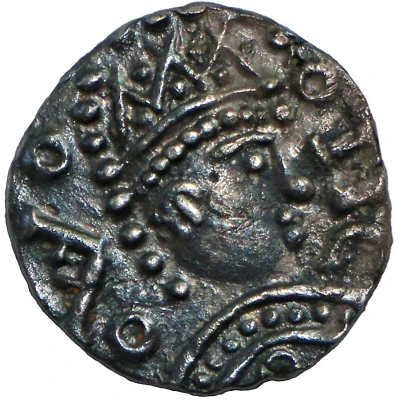
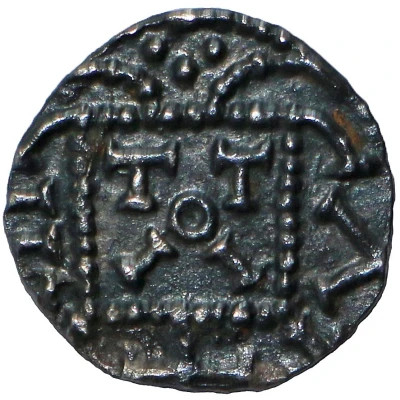

© John Conduitt (CC BY-SA)
Sceat Series A; Type 2a
| Silver | 1.21 g | 11.5 mm |
| Issuer | Early Anglo-Saxon (Kingdoms of British Isles and Frisia) |
|---|---|
| Type | Standard circulation coin |
| Years | 680-710 |
| Value | 1 Sceat |
| Composition | Silver |
| Weight | 1.21 g |
| Diameter | 11.5 mm |
| Shape | Round (irregular) |
| Technique | Hammered |
| Orientation | Variable alignment ↺ |
| Demonetized | Yes |
| Updated | 2024-10-09 |
| Numista | N#92570 |
|---|---|
| Rarity index | 94% |
Reverse
‘Standard’ with TOT II; triangle with pellets above, pseudo-legend around.
Script: Latin
Lettering: TOTII
Comment
Early Anglo-Saxon period (c.600-c.775), Sceatta coinage (c.675-c.760), Primary phase issues (c.680-c.710), Series A, Type 2a. Abr. 3Various styles minted in various regions of south-eastern and eastern England.
For further detail on these and other early Anglo-Saxon English coins, please see:
Thrymsas and Sceattas in the Ashmolean Museum, Oxford, Vols I-III by D.M. Metcalf.
Interesting fact
One interesting fact about the Standard circulation coin Sceat (Series A; Type 2a) (680-710) from Early Anglo-Saxon (Kingdoms of British Isles and Frisia) made of Silver weighing 1.21 g is that it features a unique blend of Christian and pagan elements in its design. The obverse side of the coin depicts a cross, which symbolizes the Christian faith, while the reverse side features a stylized animal, which is a common motif in pre-Christian Anglo-Saxon art. This blending of religious symbols reflects the cultural and religious shifts that were taking place in Early Anglo-Saxon society during this time period.
